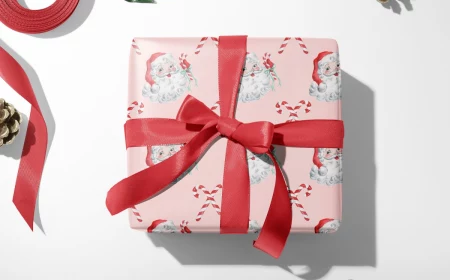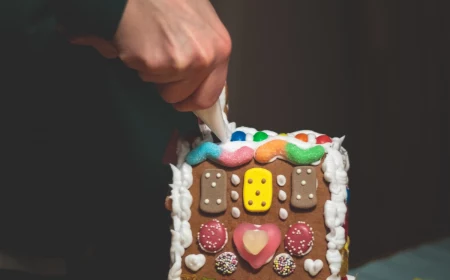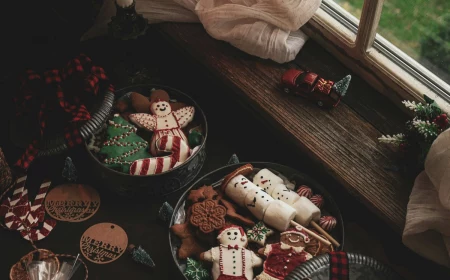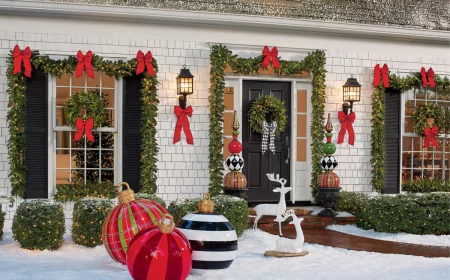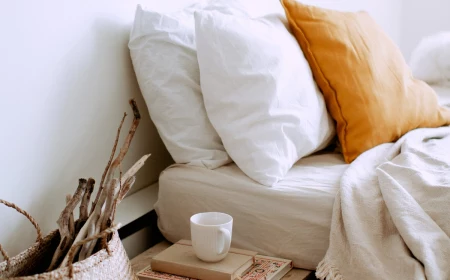Build a Wooden Christmas Tree That Lasts: A Carpenter’s Field Guide
I’ve spent decades in the workshop, surrounded by the familiar scent of sawdust and wood finish. Most days, it’s custom cabinets and furniture. But every year, like clockwork, the requests for wooden Christmas trees start rolling in. It all began in my own home, actually. We needed an alternative to the real thing because of some serious allergies, and my wife wanted something we could reuse, something with a bit of a story behind it. So, I grabbed some leftover maple and built a simple A-frame tree. It was sturdy, clean, and a new family tradition was born. That first project taught me something important: people are looking for more than just a decoration. They want craftsmanship and a real connection to the things in their homes.
In this article
Since then, I’ve built dozens of these trees, from small tabletop versions for tiny apartments to towering centerpieces for commercial spaces. I’ve figured out which woods hold up, which designs are the most stable, and which finishes will truly last. This is about more than just a trend; it’s about applying solid woodworking principles to create something beautiful and enduring. So, let me walk you through what I’ve learned, from my workshop to your living room.
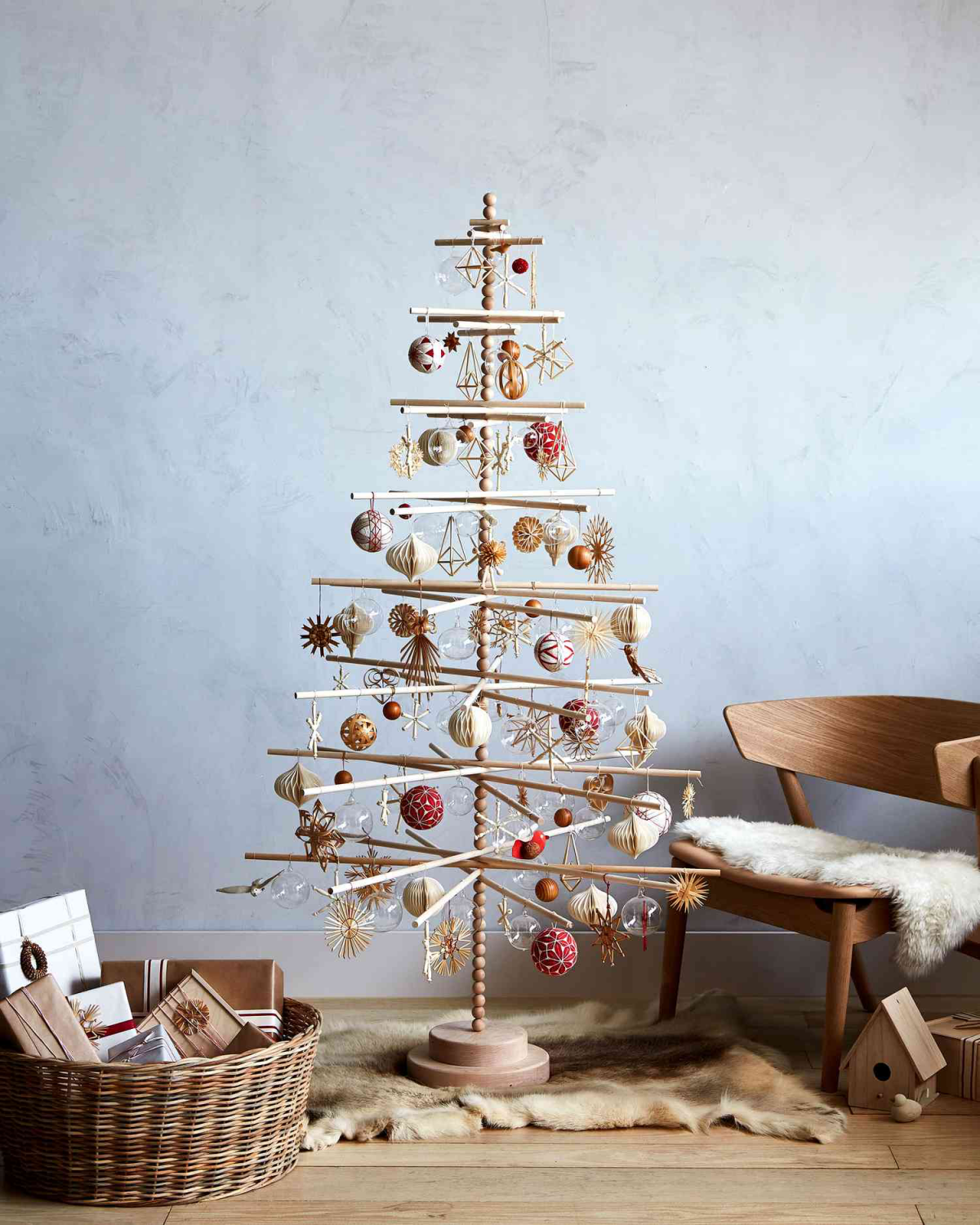
First Things First: Understanding Your Materials
Before you even think about making a cut, you have to get to know your wood. Wood isn’t static; it’s a material that breathes and moves with the humidity in your home. Choosing the right type of wood is honestly the most critical decision you’ll make. It dictates the look, weight, durability, and, of course, the final cost of your tree.
The Physics of a Stable Tree
Wood expands and contracts. A big, solid panel of wood is much more likely to warp or twist over time than narrower boards or quality plywood. This is a huge deal for your tree’s design. A tree made from a single large panel might look great for one Christmas, but it could be a wobbly mess by the next. That’s why designs that use separate pieces—like dowels or stacked planks—are generally more reliable. They give the wood room to move without wrecking the whole structure.
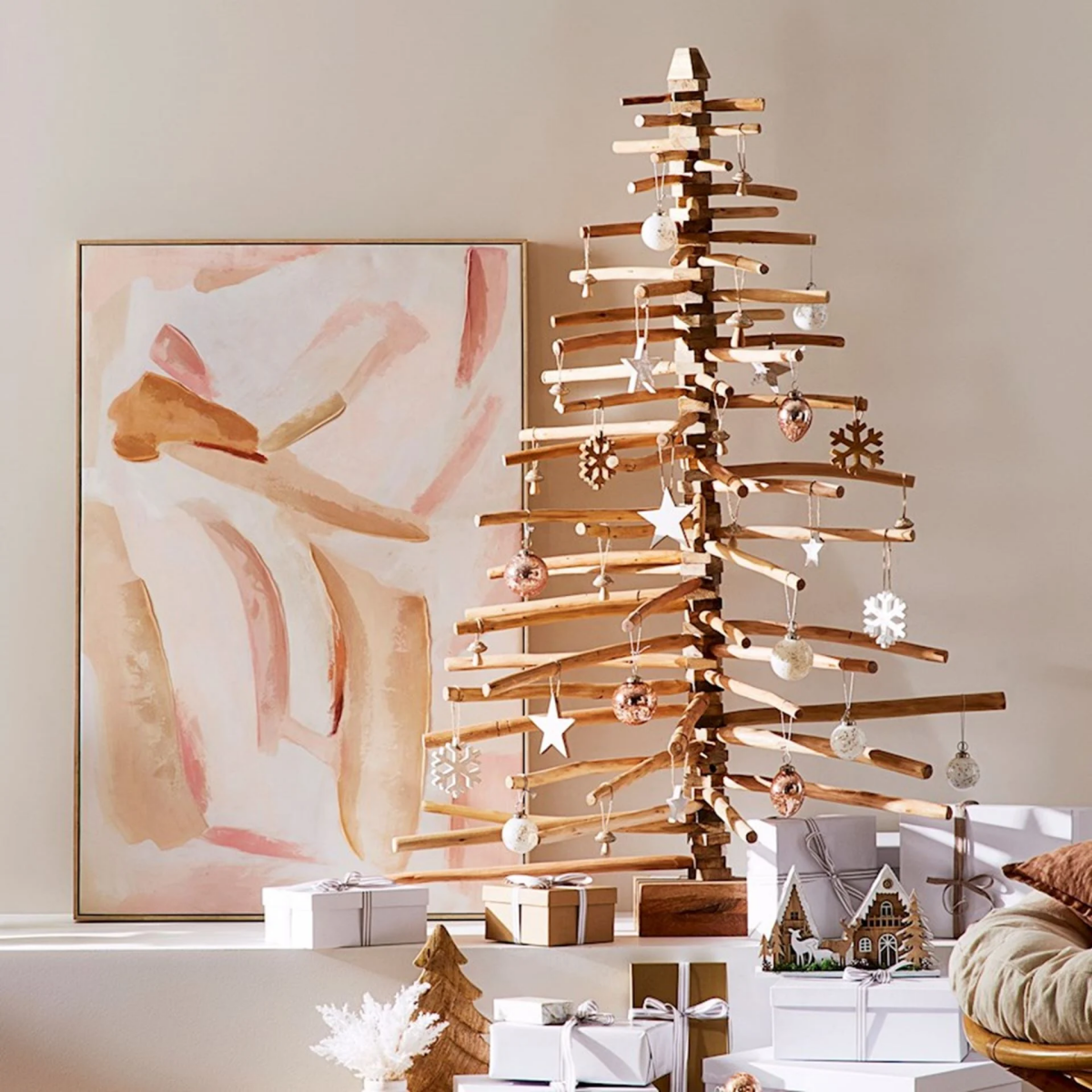
And stability? That’s all about physics. Your tree needs a low center of gravity, which means the base has to be wide and heavy enough for the job. A good rule of thumb is that the base width should be at least one-third of the tree’s height. For a 6-foot tree, I won’t even consider a base that’s less than 24 inches wide. It’s the only way to make sure it won’t get knocked over by a curious cat or a running toddler. I’ve fixed enough poorly designed trees to know they always seem to tip over at the worst possible moment.
Wood Choices: The Good, The Better, and The Best
For a project like this, I put wood into three main camps: softwoods, hardwoods, and engineered woods.
- Softwoods (Pine, Fir, Cedar): For most DIY-ers, this is the way to go. They’re affordable, lightweight, and easy to work with. Pine is a classic, but make sure you get kiln-dried boards. You can find this at any big-box store like Home Depot or Lowe’s; just spend a few extra minutes picking out the straightest boards with the fewest knots. Air-dried pine can weep sticky sap for months, even after it’s finished. Cedar is another great choice, with its lovely scent and natural insect resistance. Just know that softwoods dent easily, so they need a bit more TLC.
- Hardwoods (Oak, Maple, Walnut): If you’re aiming to build a true family heirloom, you want to invest in a hardwood. These woods are dense, incredibly durable, and feature stunning grain patterns. Maple is smooth and hard, making it a perfect canvas for paint. Oak has a bold, pronounced grain that looks amazing with a simple oil finish. For a rich, modern vibe, you can’t beat walnut. The trade-off? Hardwoods are more expensive and will dull your tools faster, so make sure your saw blades are sharp.
- Engineered Woods (Plywood, MDF): These are super stable and fantastic for specific designs. I often reach for Baltic Birch plywood for wall-mounted or flat-pack trees. It has clean edges without any voids, which looks sharp when left exposed. Good to know: you probably won’t find Baltic Birch at a standard hardware store. You’ll need to visit a dedicated lumberyard or a woodworking supply store. I strongly suggest avoiding Medium-Density Fiberboard (MDF) unless it’s a temporary, painted project. The dust is nasty stuff full of binders, so if you must use it, wear a quality respirator and work outdoors.
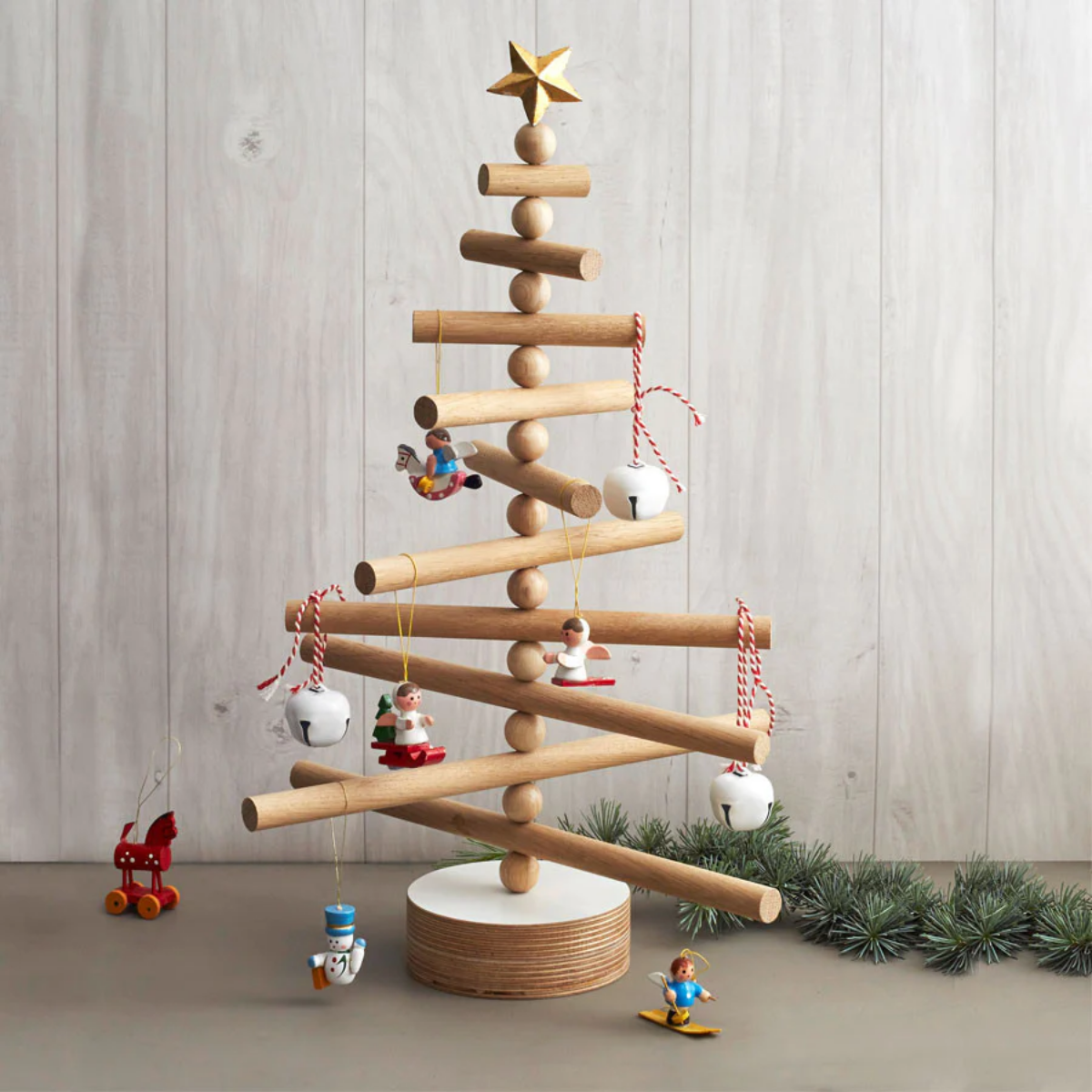
Three Popular Designs & How to Build Them Right
Let’s get into the fun part. Here are three go-to designs, from a simple weekend build to a more advanced project, along with the pro techniques that make them work.
Design 1: The A-Frame Plank Tree (The Beginner’s Choice)
This is the most straightforward design out there, perfect if you’re just starting out. It has a charming, rustic look that fits right in with farmhouse decor.
The secret to making it look professional is the joinery. A beginner might just butt the two top boards together and drive in a screw. A better way is to use a half-lap joint. You cut away half the thickness from each board where they meet at the top, so they overlap and sit perfectly flush. It’s way stronger and looks so much cleaner. Secure it with wood glue and a single trim screw, which you can hide later with a small wood plug.
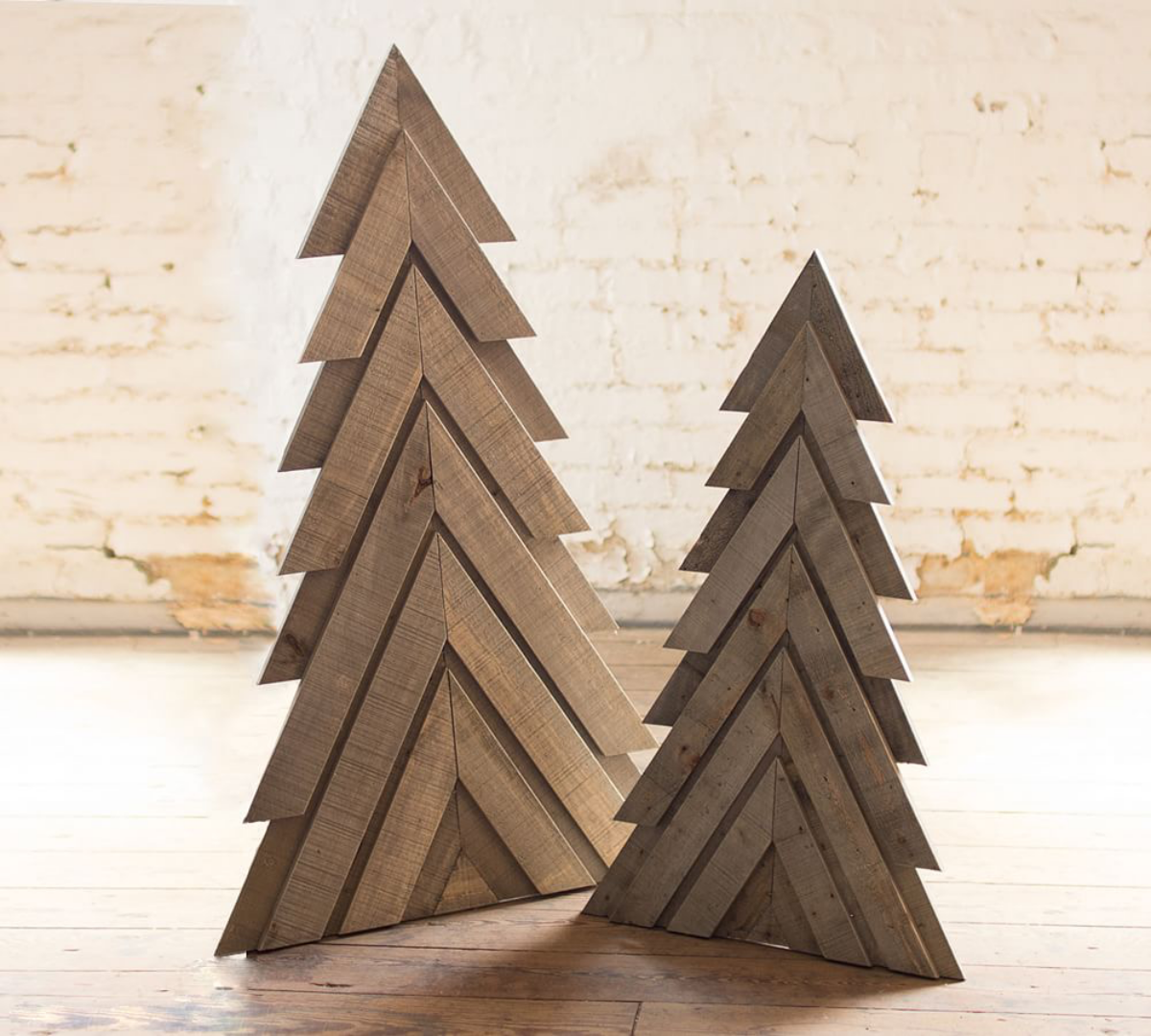
- Difficulty: Beginner
- Time Estimate: 3-5 hours
- Cost Estimate: Under $50
- Bare Minimum Tools: A hand saw or circular saw, a drill, measuring tape, and sandpaper.
- Tools That Make Life Easier: A miter saw for perfect angles, a power sander.
Design 2: The Dowel Rod Tree (The Minimalist)
This is a classic, clean design featuring a central
Galerie d’inspiration
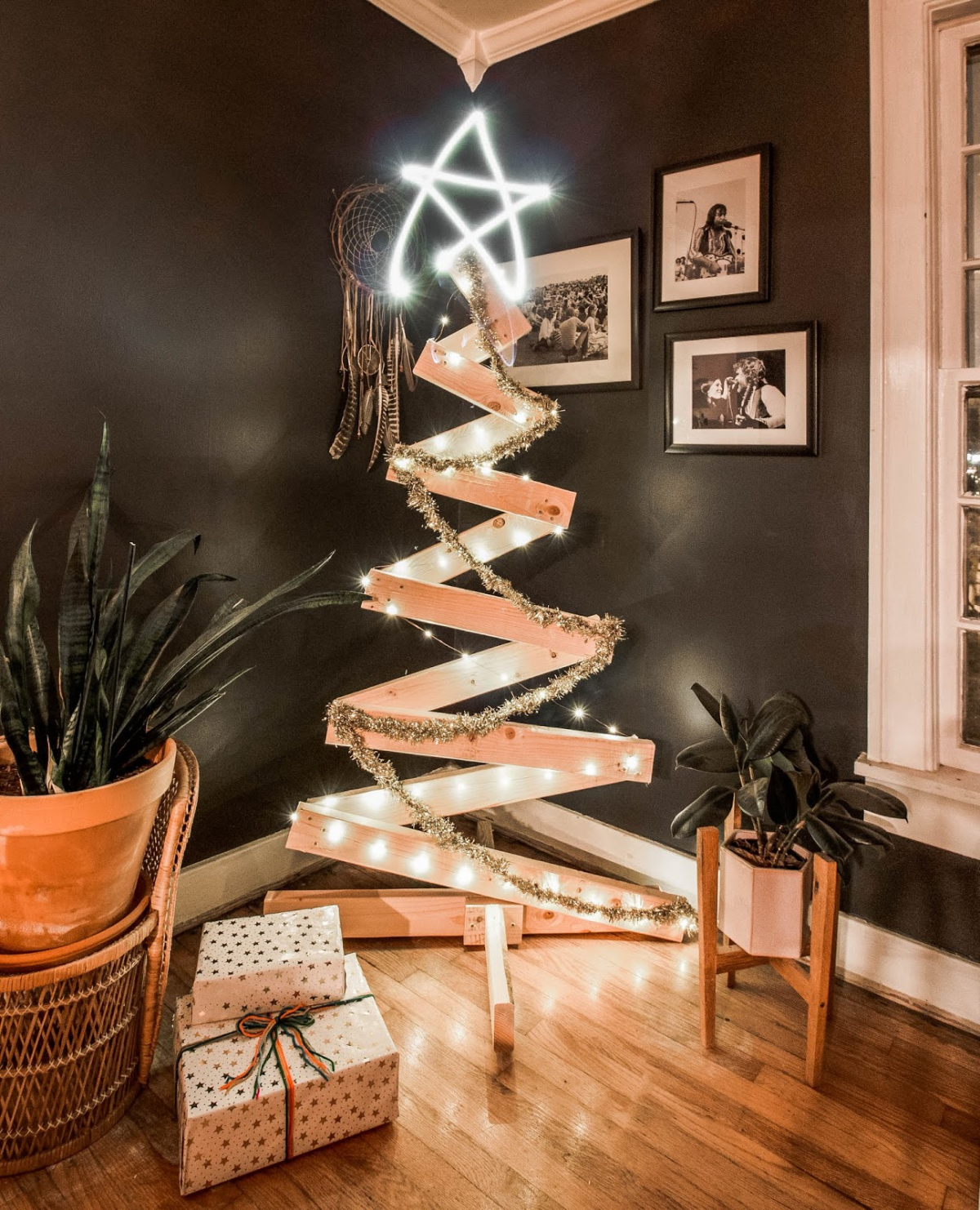
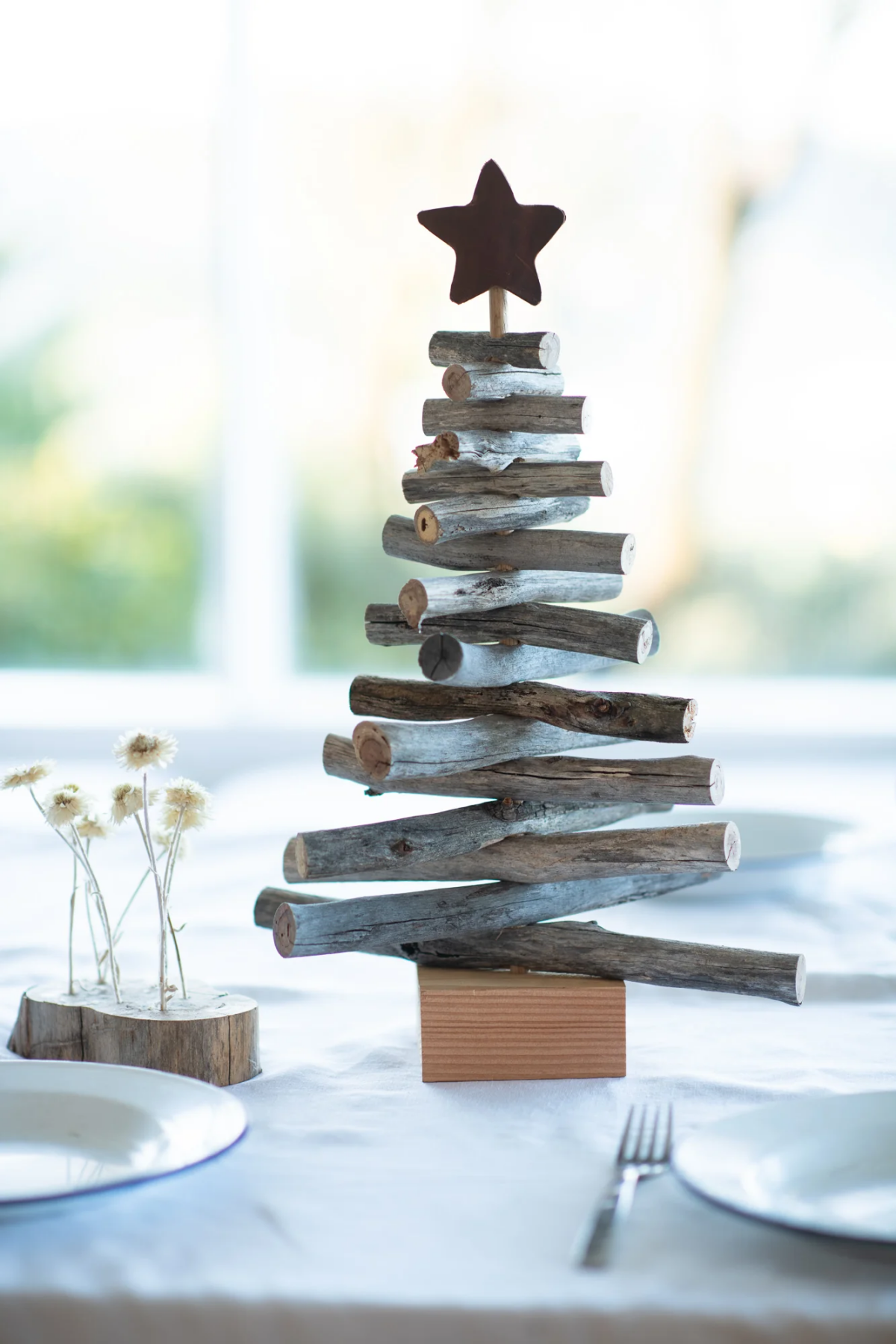
My wooden tree is a treasure. How can I store it safely from January to November?
The key is avoiding extreme temperature and humidity swings. A dry closet or the space under a bed is far better than a damp cellar or a sweltering attic, which can cause the wood to warp or crack. If your design allows, disassemble it. Wrap the individual pieces in an old, breathable cotton sheet (never plastic, which traps moisture) to protect the finish from scratches until next season.
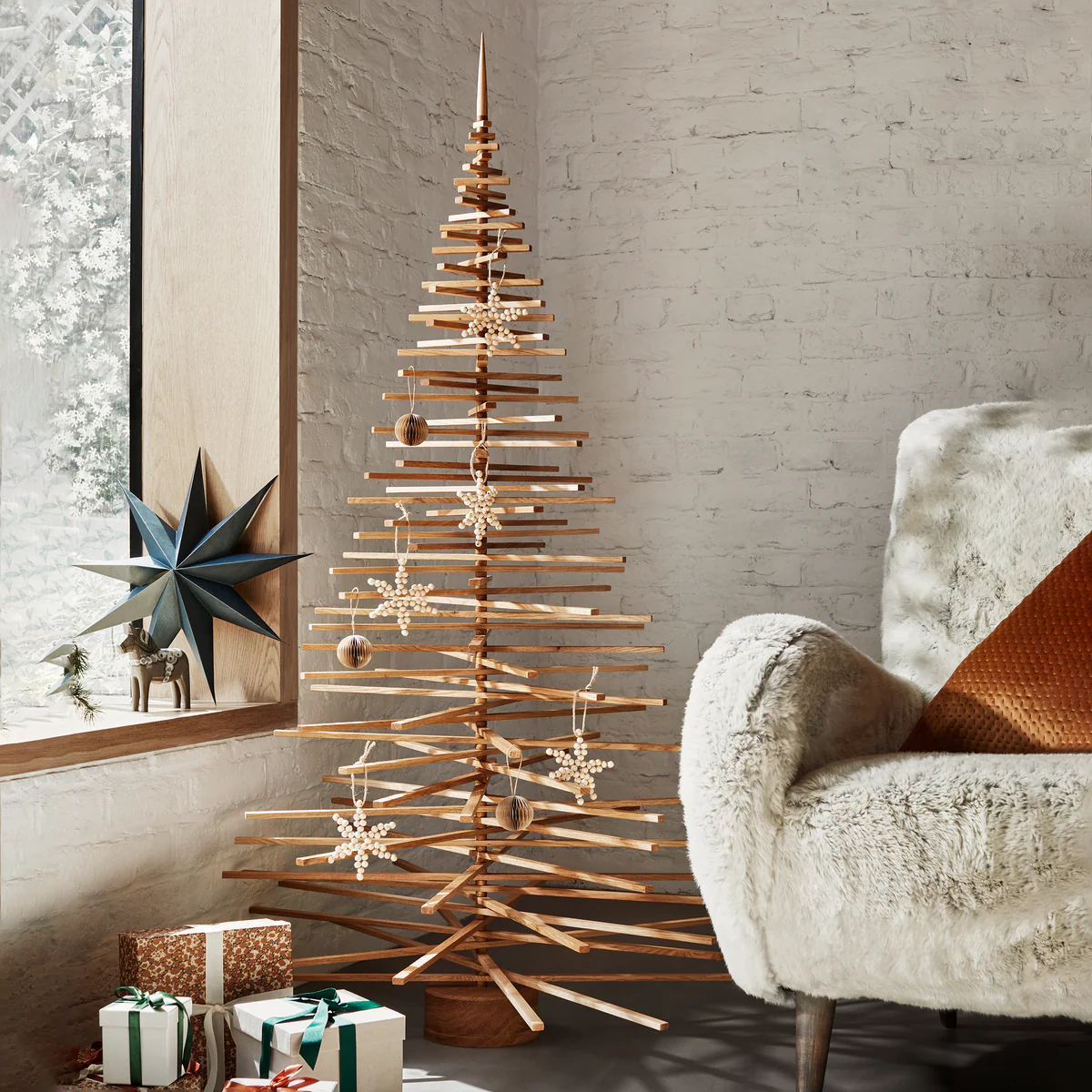
Globally, interest in ‘sustainable Christmas’ has increased by over 120% in the last five years, according to search data trends.
This surge shows a major shift in consumer thinking. A handcrafted wooden tree is a direct response to this desire for longevity and reduced waste. Unlike artificial trees made from non-recyclable PVC, a wooden tree is an investment in a durable, natural material. It becomes a family heirloom rather than a disposable item, embodying a commitment to both tradition and environmental consciousness.
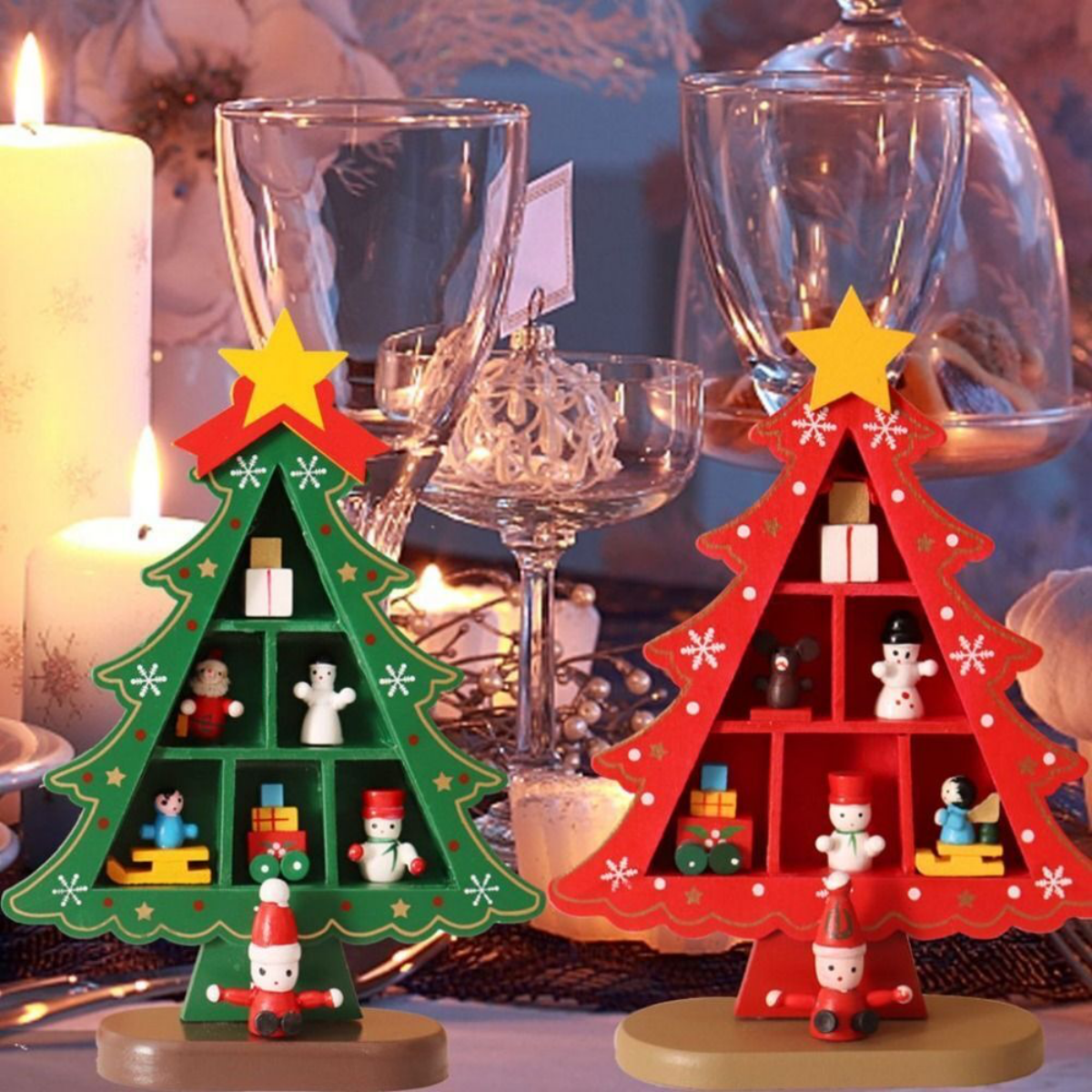
A critical safety note on lighting: Avoid using old-fashioned incandescent Christmas lights on your wooden tree. They can generate significant heat, posing a fire risk and potentially damaging the wood’s finish over time. Always opt for modern, cool-to-the-touch LED fairy lights. For a truly integrated look, consider micro-wire LEDs that can be carefully wrapped along the edges to accentuate the tree’s form without bulky cables.

The finish you choose does more than just protect the wood; it defines its character. Your choice will directly impact the final look and feel in your home.
- Natural Oil Finish: A penetrating oil like Osmo Polyx-Oil or a simple tung oil will enhance the wood’s natural grain and color, offering a warm, matte, and tactile feel. It’s perfect for a rustic or Scandinavian aesthetic.
- Water-Based Polyurethane: For maximum durability, especially with kids or pets, a clear water-based polyurethane like Varathane’s provides a protective film. It won’t yellow over time like oil-based versions and comes in finishes from matte to gloss.
- Milk Paint: To add a touch of color while maintaining a traditional, slightly weathered look, consider a brand like General Finishes Milk Paint. It provides an opaque, low-sheen finish that is very popular for modern farmhouse styles.
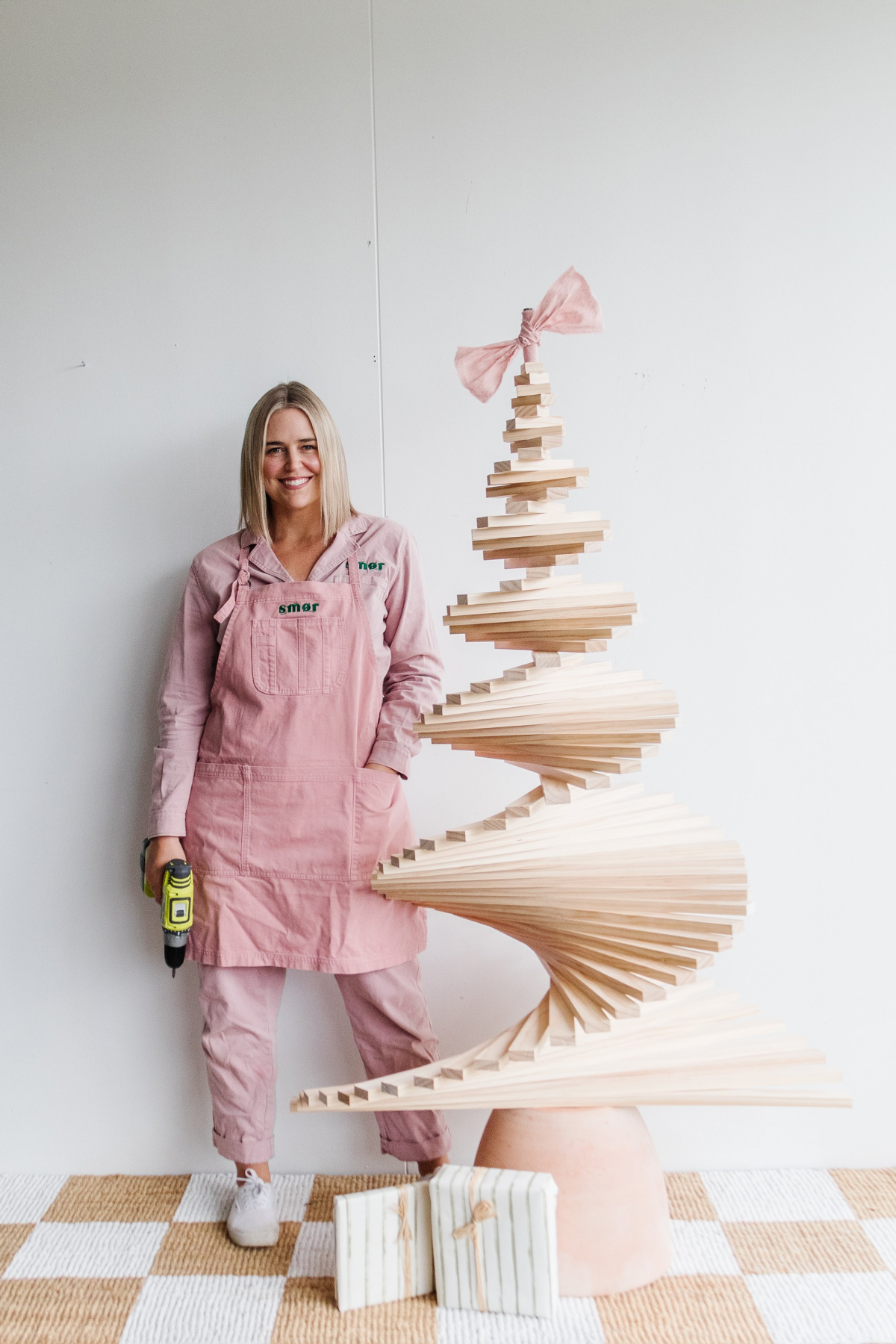
To evoke the nostalgic scent of a real evergreen, a few drops of high-quality essential oil go a long way. Apply pine, fir, or cedarwood oil to a small, inconspicuous area on the underside of a branch or the base. Alternatively, place a few drops on a small terracotta ornament or a felt pad and hang it discreetly within the ‘branches.’ The wood’s porosity will gently diffuse the aroma, completing the sensory experience without artificial sprays.
The Dowel Tree: Composed of rotating dowels on a central axis, this design creates a beautiful 3D spiral. It’s visually dynamic and offers many angles for hanging ornaments.
The Slatted Plank Tree: Made from horizontal planks of increasing length attached to a central spine, this style has a flatter, more graphic profile. It’s excellent for smaller spaces or as a wall-mounted feature.
While the dowel tree often makes a better room centerpiece, the slatted plank design is a minimalist’s dream and exceptionally easy to store.

